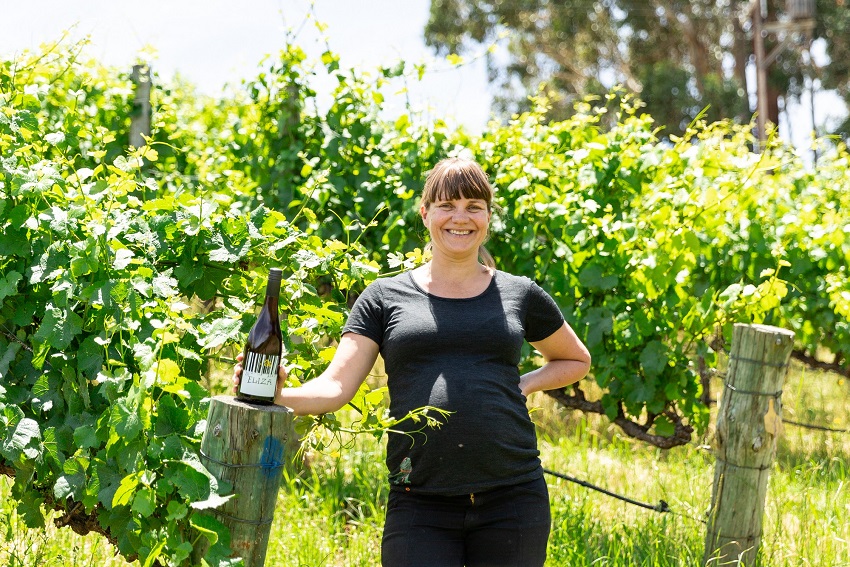Hot 100 Wines:
Charlotte Hardy is all about the paddock
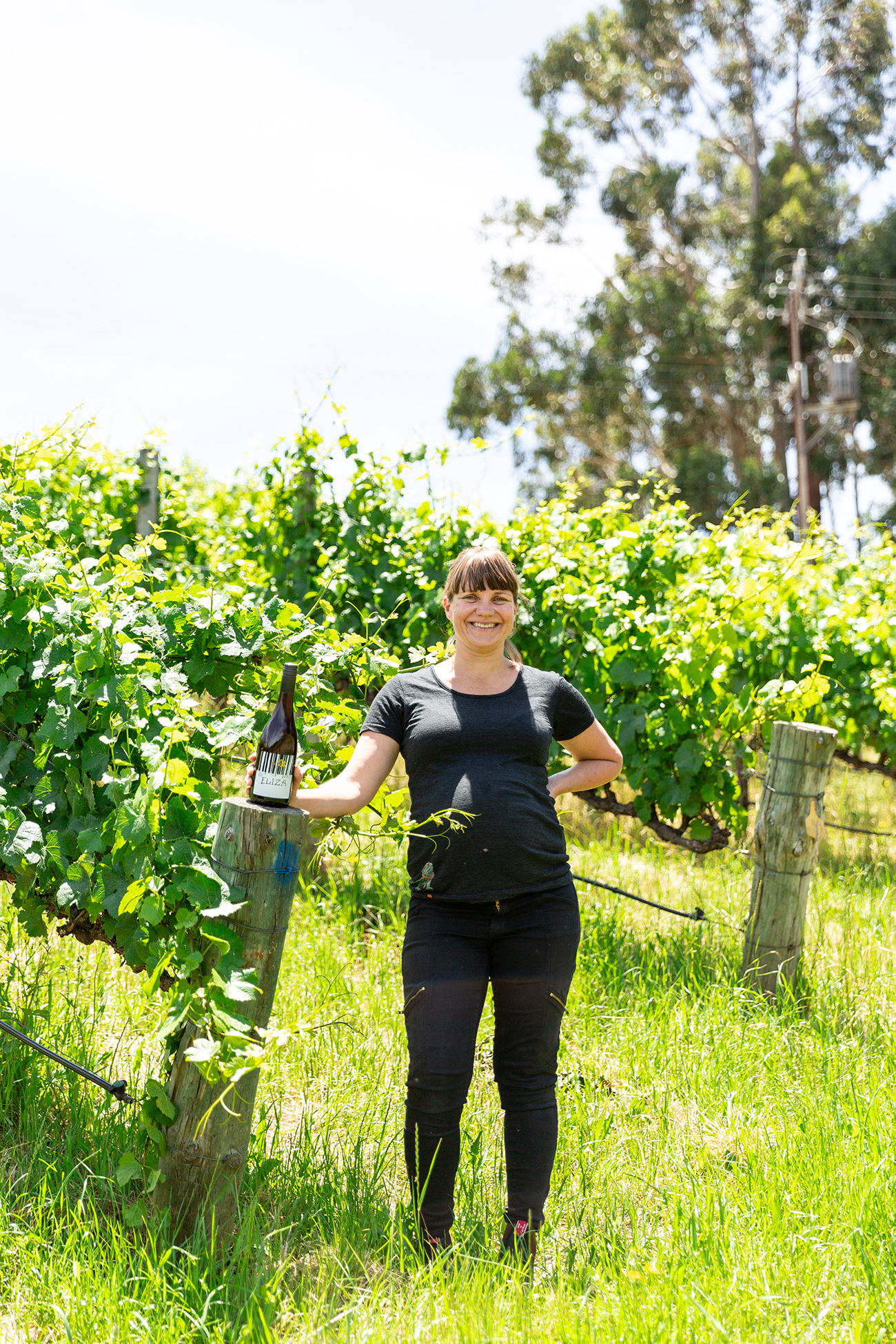
Surfacing from sleep on the morning after the awards, 2018 Hot 100 Wines victor Charlotte Hardy initially thought her win might have been a dream.
It quickly became apparent that her version of events at the Queen’s Theatre on the night of December 6 was not imaginary – her 2018 Charlotte Dalton Wines Eliza Pinot Noir was indeed the Hot 100 winner and had been adjudged the most drinkable wine of the competition’s more than 1200 entries.
“I’m still a little bit overwhelmed,” Hardy says. “It wasn’t even in my sights.”
And why, you ask, is Charlotte Hardy making Charlotte Dalton Wines? Let me explain. Hardy is a name with some clout in South Australian wine history, reaching back to the arrival in the colony of Devon migrant Thomas Hardy in 1850 and his subsequent establishment of one of the country’s most successful wine companies. For this Hardy, it is a prominence that presents a quandary – born in New Zealand, she has not a jot of connection with Eileen, Sir James or any of the famous clan. So, to avoid local confusion, she employs her own middle name as a nom de vin, making and selling her wines under the Charlotte Dalton Wines label. Simple.
Hardy’s career began in New Zealand, where she worked her first vintages at Craggy Range winery in Hawkes Bay while studying science before undertaking a wine science degree (remotely) through Charles Sturt University in Wagga. Hardy was part of a young and dynamic team at Craggy Range, and she cites US-born winemaker and Pinot Noir specialist Doug Wisor as a crucial influence (Wisor sadly died in a kite-surfing accident in 2004). “He was really the guy who put me on the path, because he was so inspiring and passionate, and energetic and energised,” Hardy says.
Hardy left home to travel to France in 2005, where she did a vintage at Chateau Giscours, a substantial winery in the left-bank Margaux appellation of Bordeaux. The following year she headed to Napa in California, where she went to work for David Abreu, one of the region’s best-known winemakers and viticulturists: “He grows for all of the ‘rock star’ wineries over there including Staglin, Bryant Family and Screaming Eagle,” Hardy says. A meeting with visiting Western Australian winemaker Larry Cherubino, who at the time was consulting to The Lane Vineyard, led Hardy to apply successfully for the winemaking position at the new winery.
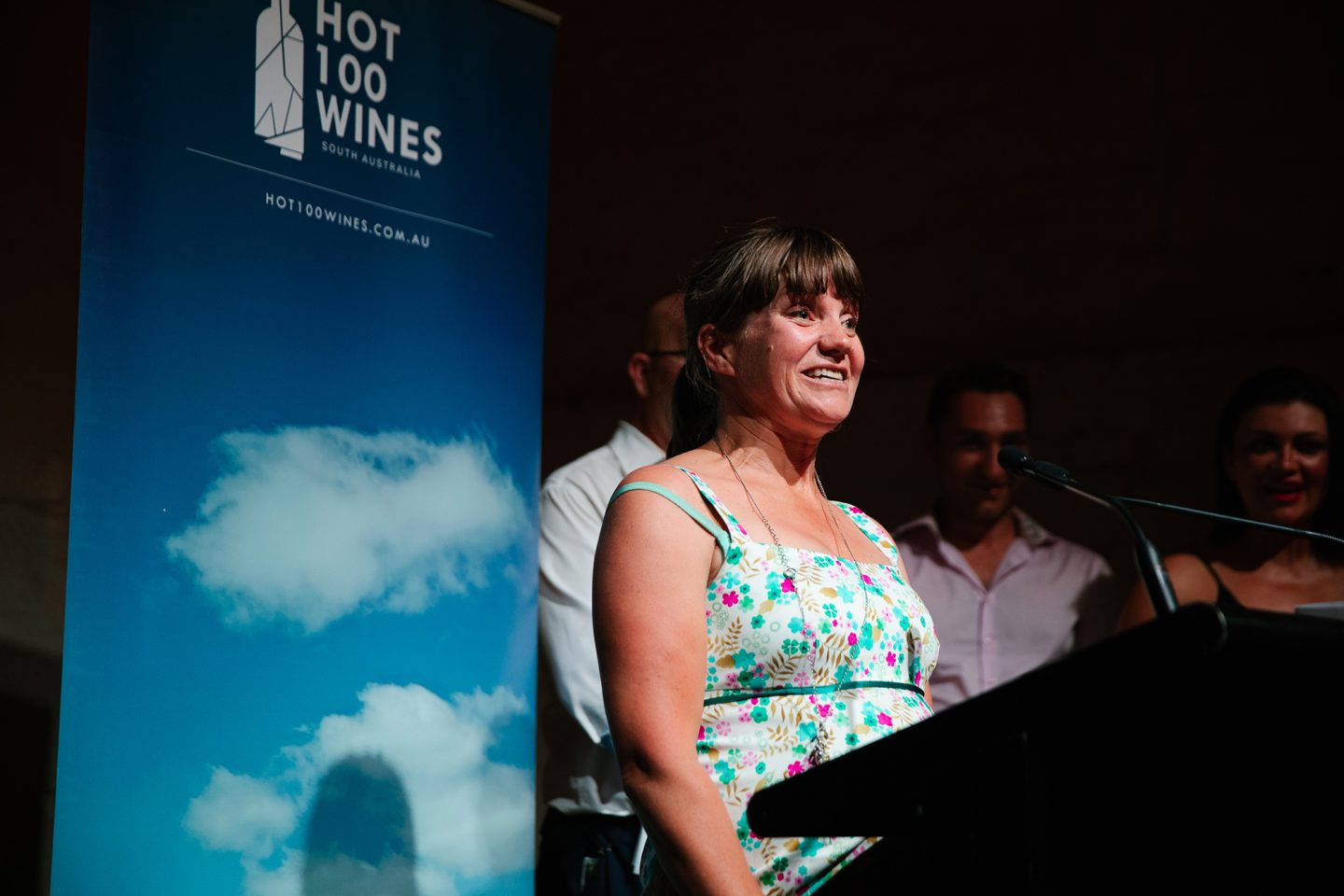
Following two vintages at The Lane, Hardy’s next step was a less conventional one – she started up and operated a mobile wine laboratory to provide speedy chemical analysis services to Hills winemakers. The business was a success, although Hardy herself decided to take a back seat.
“I did it for a couple of years, but it turned out that I just hated lab work,” she says. “I have so much admiration for people who have so much focus and concentration, but there’s no creativity in it whatsoever; if you’re being creative, you’re doing it wrong, so I went back to work making wine.”
Hardy took up residence in Basket Range in 2000, initially house-minding but then moving into a rented historic property, where she has since been making wine in an on-site shed using grapes purchased from local growers. “I’ve always bought from the same people: the Deans, the Downers and the Goldings,” she says.
She got into making Pinot right from the start.
“Pinot is so interesting and so polarising,” Hardy says. “I find people are either completely mad for it or they just don’t like it.”
“It can also be made in very different ways, and it’s a huge challenge, because it’s really easy to make dry red wine out of Pinot. By the time it gets to the bottle, it’s easy to bash all the Pinot characters out of it.”
Hardy says retaining the wine’s so-called “Pinosity” – its intrinsic perfume and varietal character – becomes the name of the game.
“I’m really mindful of respecting the fruit for Pinot, so I don’t really do anything to it,” she says. “I bring it in, stick it in the fermenter and wrap it up in dry ice and leave it, and press it 13 days later. I use whole bunches, but I don’t ever punch down or pump over because I just don’t want to extract the green stalkiness. I like whole bunches because I like the idea of there being tens of thousands of tiny little ferments in those berries.
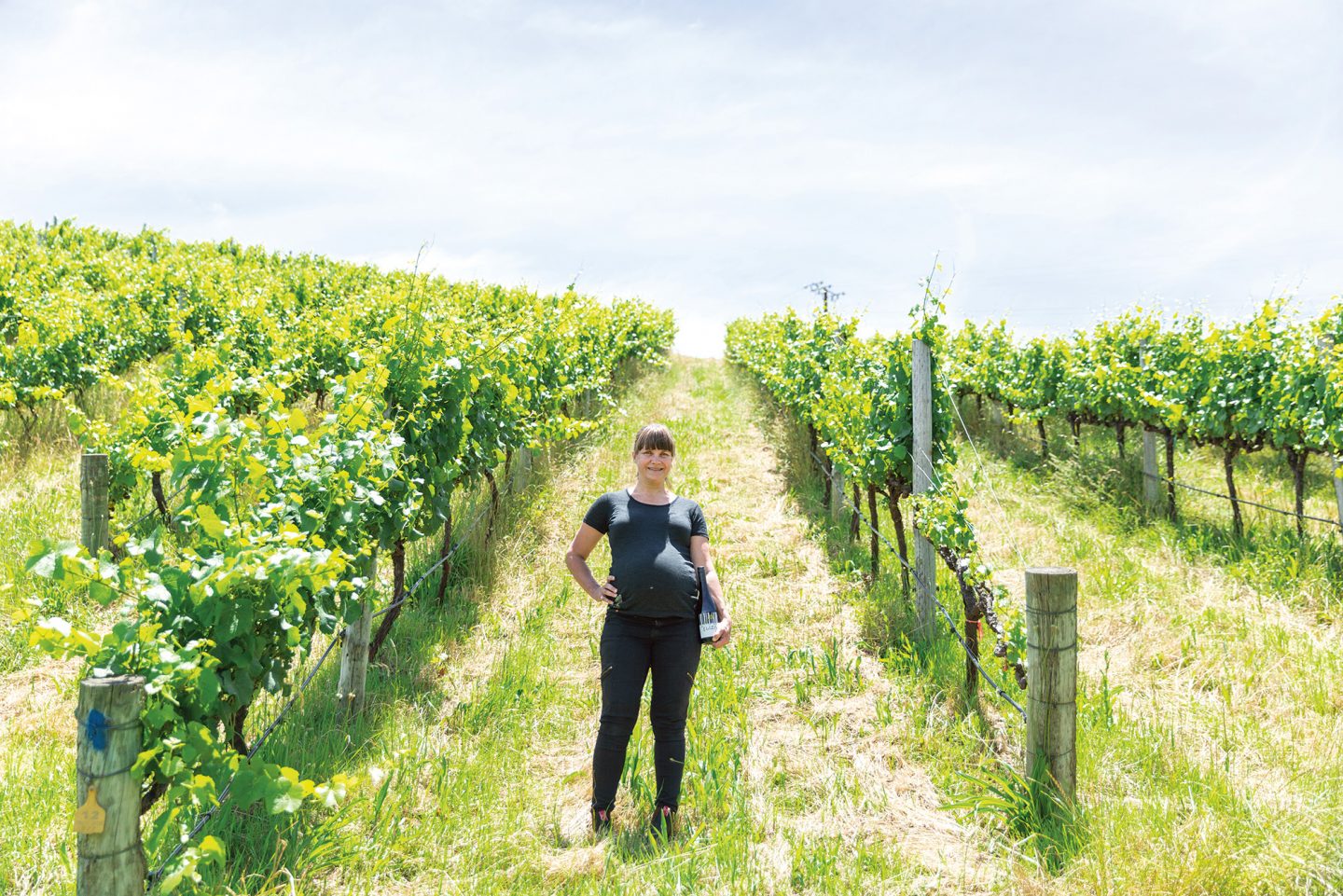
“It’s clearly vintage dependent, but in a year when the stems are green, I just like to leave it to do its thing.”
2018, in contrast to the previous year with its wet finish, did everything right for Adelaide Hills winemakers, Hardy says. “It was just gorgeous.”
While she does take an interest in the nuances imparted by myriad Pinot Noir clones, Hardy believes other factors are more important. “To me it’s more site, it’s more grower and it’s the attention they put into the vineyard,” she says. “When you’re walking through a vineyard, the flavours are pretty evident early on, and I think different clones are suited to different sites.
“Some people are clone-snobs, but I’m more of a site-snob and a grower-snob. So that Pinot comes from Darren Golding’s [Lenswood] vineyard, and he’s nailed it. It would be nothing without that vineyard.
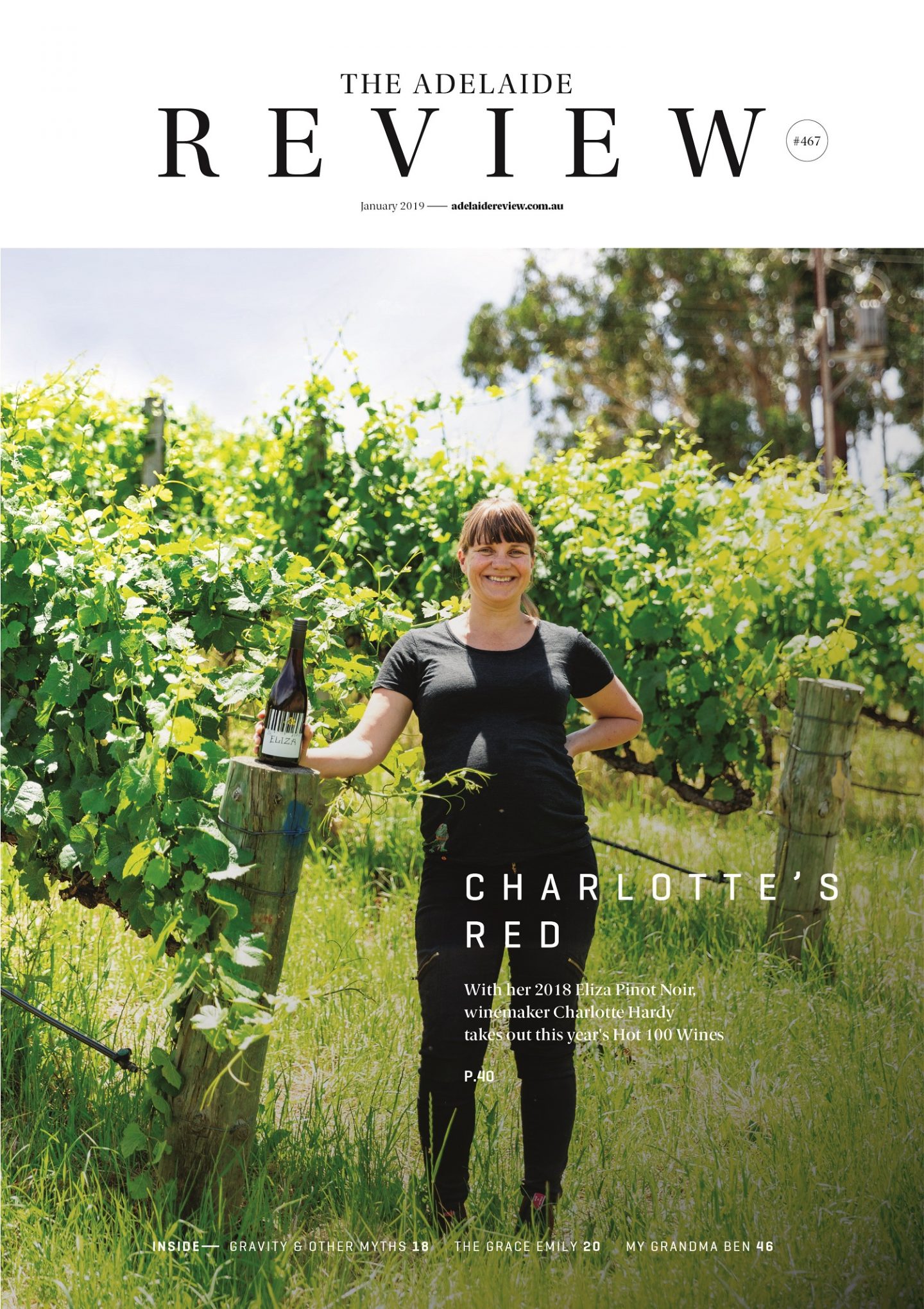
“It frustrates me a little bit that we winemakers stand up on stage and take all these great awards when it’s very easy to screw up a wine, but you can’t make a great wine without great fruit.
“I can’t take credit for any of my wines really: it’s the paddock.”
Hardy has another favourite variety in the form of Semillon, which, although “brittle” in the vineyard and challenging in the winery, repays with its beautiful acidity and pliable nature. She currently makes two versions, one barrel fermented for six months, the other for 12. “They are totally different wines,” she says. “I love it.” She also makes (more profitably, she says) a Shiraz and a Chardonnay.
“My Charlotte Dalton brand will always be Adelaide Hills, and as soon as we’re in a position to be able to buy a vineyard, we’ll move back and build and grow and do all those wonderful things. But I never want my business to be something that stresses me out. I’m really happy with my brand, I’m really happy with my varieties, and I’m really, really happy with the growers that I’m fortunate to buy from.”
